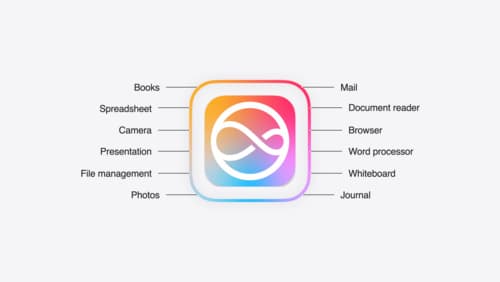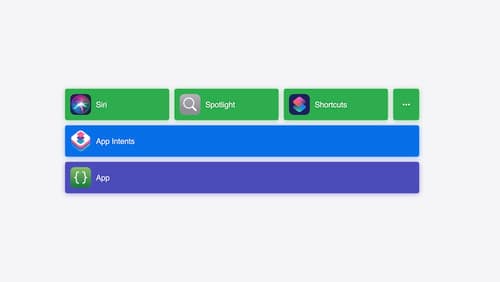how to use intents in iOS apps
Asked on 2024-08-09
1 search
To use intents in iOS apps, you can leverage the App Intents framework, which serves as a foundation for integrating your app's core features with system experiences like Siri, Spotlight, shortcuts, and more. Here's a brief overview of how to use intents in your iOS apps:
-
Define Core Actions and Content: App Intents allows you to define the core actions and content of your app that can be presented outside the app. This is crucial for enabling features like Siri and Spotlight to interact with your app.
-
Design App Intents: When designing app intents, consider the most habitual tasks in your app that could be useful outside of it. With iOS 18, the guidance has expanded to include more than just common functionality. You should aim to create a rich set of flexible app intents without making them unclear or brittle.
-
Integrate with System Features: Once you have defined your app intents, they can be used across various system features. This means you can share code between features and support several features with the same code.
-
Use in Shortcuts: App intents can be combined with other intents into shortcuts, allowing users to create powerful new flows. This integration can enhance user experience by enabling them to perform actions directly from Spotlight or by speaking to Siri.
-
Opening Apps with Intents: In iOS 18, opening your app as part of an intent is now common. This can show users that an intent has made a change in the app, providing a more interactive experience.
For more detailed guidance, you can refer to the session "Bring your app’s core features to users with App Intents" which covers understanding the framework and building the code. Additionally, the session "Design App Intents for system experiences" provides insights on which app intents to make and how to structure them.

Bring your app to Siri
Learn how to use App Intents to expose your app’s functionality to Siri. Understand which intents are already available for your use, and how to create custom intents to integrate actions from your app into the system. We’ll also cover what metadata to provide, making your entities searchable via Spotlight, annotating onscreen references, and much more.

Bring your app’s core features to users with App Intents
Learn the principles of the App Intents framework, like intents, entities, and queries, and how you can harness them to expose your app’s most important functionality right where people need it most. Find out how to build deep integration between your app and the many system features built on top of App Intents, including Siri, controls and widgets, Apple Pencil, Shortcuts, the Action button, and more. Get tips on how to build your App Intents integrations efficiently to create the best experiences in every surface while still sharing code and core functionality.

Design App Intents for system experiences
App Intents power system experiences in controls, Spotlight, Siri, and more. Find out how to identify the functionality that’s best for App Intents, and how to use parameters to make these intents flexible. Learn how to use App Intents to allow people to take action outside your app, and see examples of when to navigate into your app to show contextual information.
